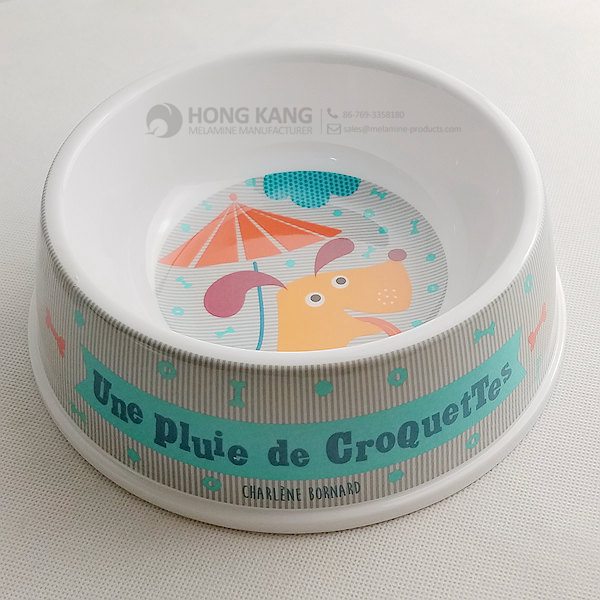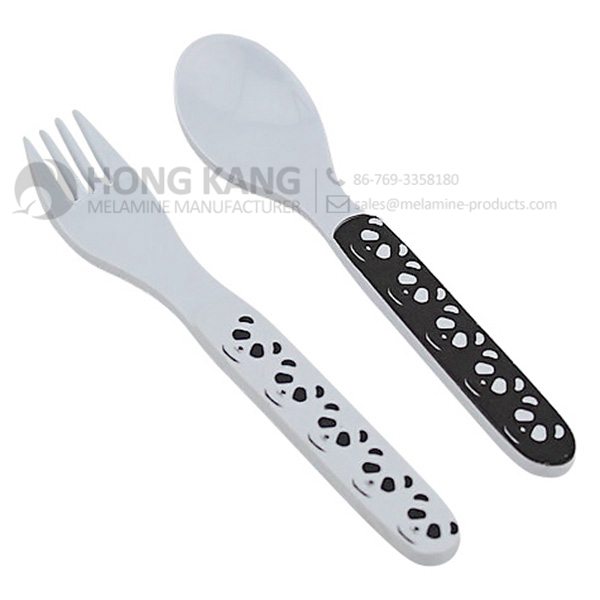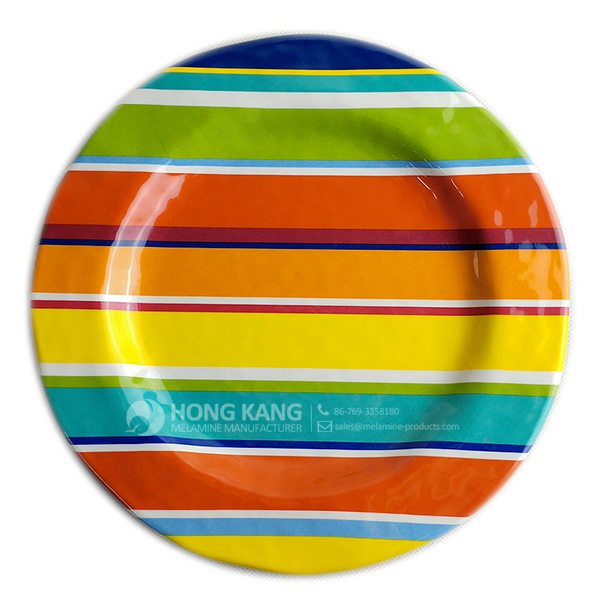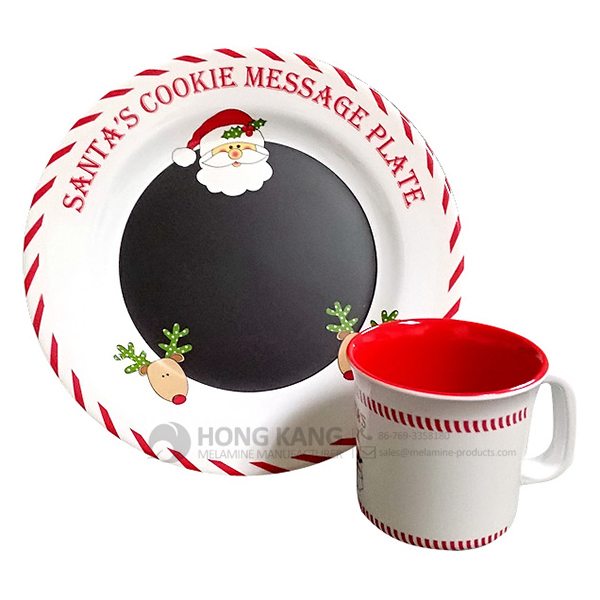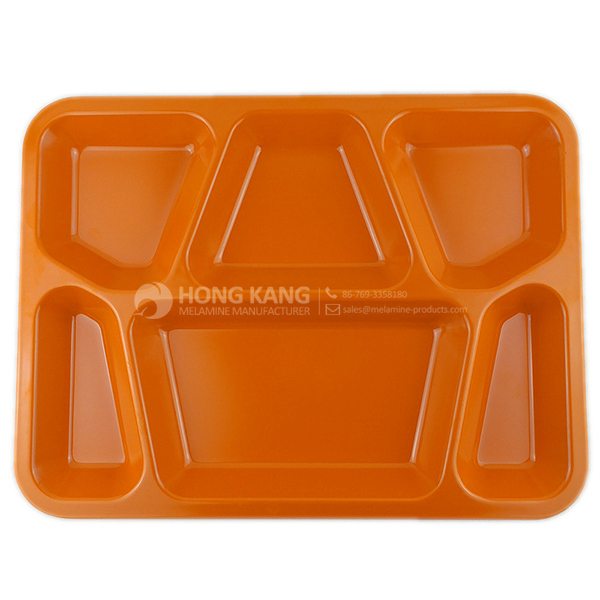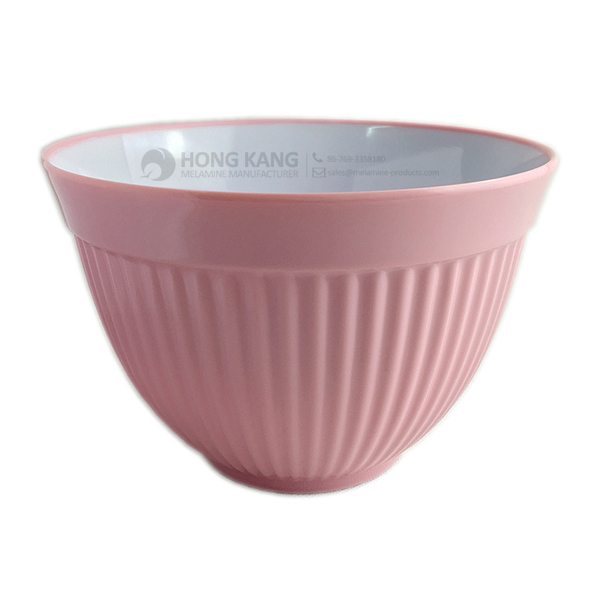Cheapest Price melamine dessert plate to Guyana Factory
Cheapest Price melamine dessert plate to Guyana Factory Detail:
| Specification | |
| Item Name | 9inch Round Melamine Dinner Plate |
| Item No. | PT201 |
| Shape | Round |
| Body Color | White |
| Decal Color | 4 colors print |
| Finish | Glossy |
| Style | Fashion |
| Motif Design | Customized |
| Shape Design | OEM/ODM |
| Test Standard | FDA,PROP 65,EN71,LFGB etc. by SGS or ITS |
| Packaging | 6pcs/box,24pcs/carton |
| Dimensions | |
| Length | 22.7 cm |
| Width | 22.7 cm |
| Height | 1.7 cm |
| Capacity | N/A |
| Material | |
| Body Material | 100%melamine |
| Decal Material (if need) | 4 colors print (CMYK), or spot color printing, RoHS certificate |
| Imprint (if need) | Seiko ink type 1000 or other type, RoHS certificate |
| Accessories Information | |
| Lid included | No |
| Other | No, |
| Weights | |
| Net Weight (kg) | 7.8 |
| Shipping Weight (kg) | 9 |
Product detail pictures:
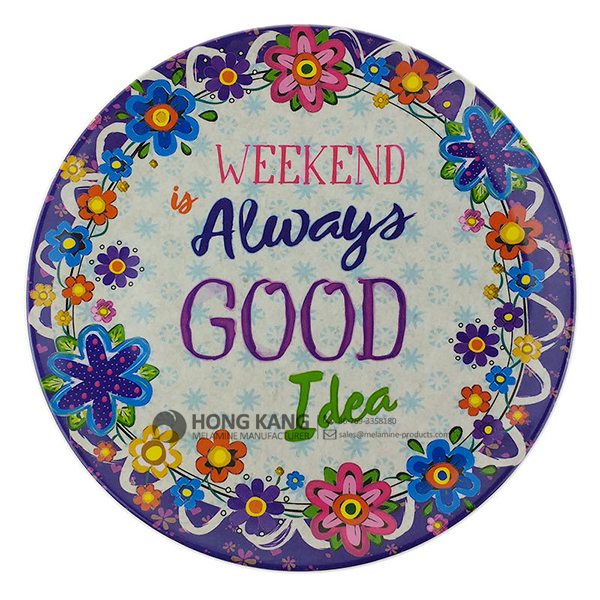
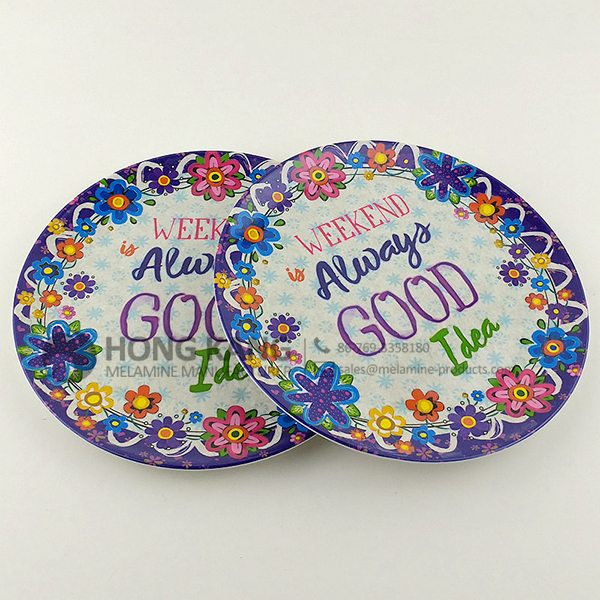
Related Product Guide:
Top Ten Power Toothbrushes
Choosing The Best Dog Bowl and Feeder for Your Dog
We're going to commit ourselves to giving our esteemed buyers using the most enthusiastically considerate solutions for Cheapest Price melamine dessert plate to Guyana Factory, The product will supply to all over the world, such as: New Zealand , USA , Armenia , Insisting on the high quality generation line management and customers expert assistance, we now have designed our resolution to offer our buyers using the to start with amount getting and just after services practical experience. Maintaining the prevailing friendly relations with our buyers, we however innovate our solution lists all of the time to satisfy the brand new demands and adhere to the most up-to-date development of the market in Malta. We are ready to face the worries and make the improve to understand all the possibilities in international trade.
FAQ: 1.Q: Where is your factory located? How can I visit there? A: Our factory is located in Guangdong province, China. Warmly welcome to visit us! 2.Q: What is the material of your products? A: The material is melamine. 3.Q: How can I get some samples? A: We can send the samples by Express/DHL/FedEx/UPS etc. 4.Q: How does your company do regarding quality control? A: We have a very strict QC system. Our inspectors have been closely monitoring the production process from the selection of raw materials to the final step of the finished products. 5.Q: Can you print our logo on the product & packing? A: Yes, We can print your logo on our products. 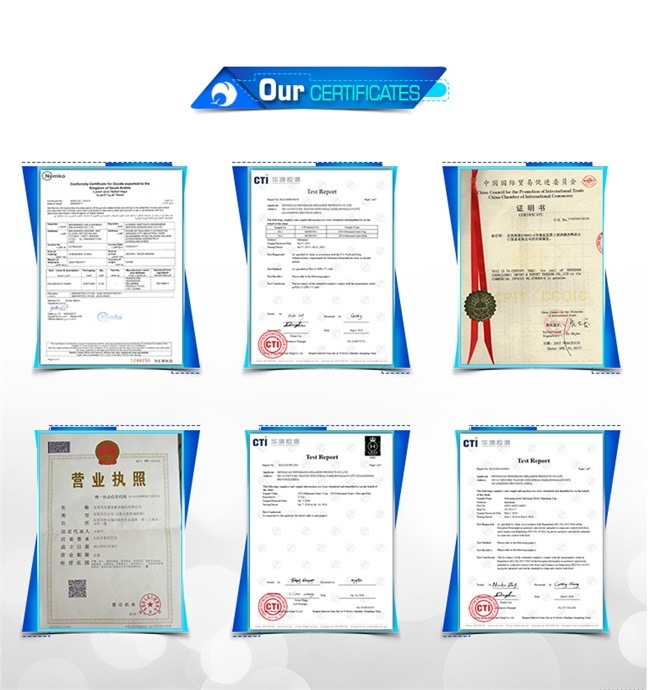
| * Do Not Touch On Fire Directly | |
|---|---|
| * Do Not Washing By Steelwire Ball | |
| * Non-Microwave Ovens | |
| * Dishwasher Safe |
For More Info or to Buy Now: http://www.hsn.com/products/seo/7960059?rdr=1&sourceid=youtube&cm_mmc=Social-_-Youtube-_-ProductVideo-_-075563
Melissa McCarthy Seven7 Colorblock HiLow Dress
Join the block party this season with a dress that does all the work for you. Colorblocking is no longer a trend, it’s a wardrobe essential. This…
Prices shown on the previously recorded video may not represent the current price. View hsn.com to view the current selling price. HSN Item #075563
The supplier cooperation attitude is very good, encountered various problems, always willing to cooperate with us, to us as the real God.






